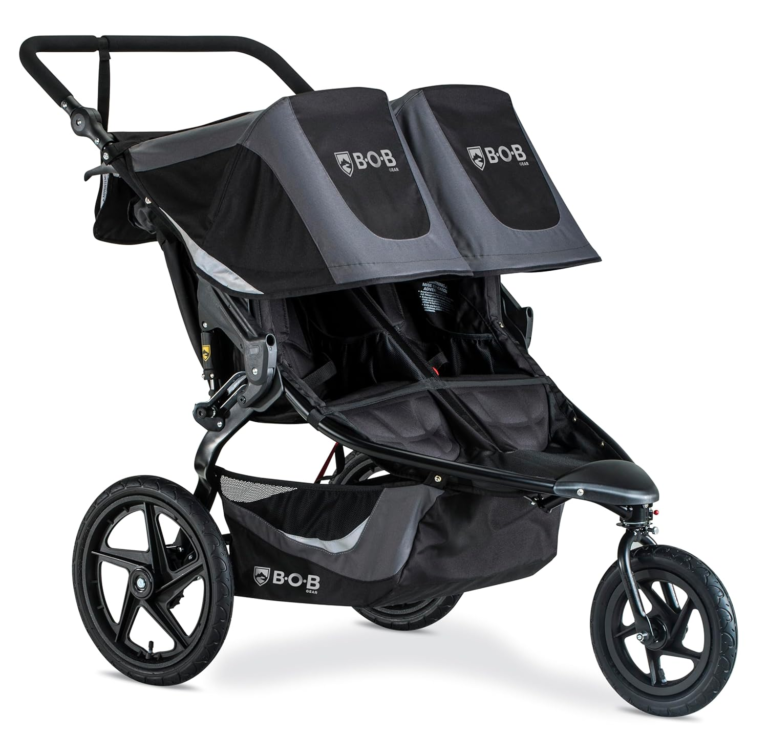Fungal infections, also called mycoses, are caused by various fungi and can affect different parts of the body. They range from mild, superficial infections to severe, systemic conditions. Below is a concise overview of the main types of fungal infections, categorized by the area of the body they affect:
- Superficial Fungal Infections (affecting skin, nails, hair, or mucous membranes):
- Tinea Infections (Dermatophytosis): Caused by dermatophytes, these affect skin, hair, or nails.
- Athlete’s Foot (Tinea Pedis): Itchy, scaly rash on the feet, often between toes.
- Ringworm (Tinea Corporis): Red, circular patches with raised edges on the skin.
- Jock Itch (Tinea Cruris): Itchy, red rash in the groin area.
- Tinea Capitis: Scalp infection causing hair loss and scaly patches, common in children.
- Nail Fungus (Onychomycosis): Thickened, discolored, or brittle nails.
- Candidiasis: Caused by Candida species, often Candida albicans.
- Oral Thrush: White patches in the mouth or throat, common in infants or immunocompromised individuals.
- Vaginal Yeast Infection: Itching, discharge, and irritation in the vaginal area.
- Cutaneous Candidiasis: Red, itchy rashes in skin folds (e.g., armpits, under breasts).
- Pityriasis Versicolor: Caused by Malassezia fungi, leading to discolored, scaly patches on the skin, often on the chest or back.
- Tinea Infections (Dermatophytosis): Caused by dermatophytes, these affect skin, hair, or nails.
- Subcutaneous Fungal Infections (affecting deeper skin layers, often after injury):
- Sporotrichosis: Caused by Sporothrix schenckii, often from plant-related injuries, leading to nodules or ulcers on the skin that may spread along lymphatics.
- Chromoblastomycosis: Chronic infection causing wart-like lesions, typically on legs or feet, from soil fungi entering through cuts.
- Mycetoma: Painful, swollen lesions with draining sinuses, caused by fungi or actinomycetes, often in tropical regions.
- Systemic Fungal Infections (affecting internal organs, often inhaled):
- Aspergillosis: Caused by Aspergillus species, affecting lungs (e.g., allergic bronchopulmonary aspergillosis or invasive aspergillosis in immunocompromised individuals).
- Histoplasmosis: Caused by Histoplasma capsulatum, often from bat or bird droppings, leading to flu-like symptoms or severe lung infection.
- Coccidioidomycosis (Valley Fever): Caused by Coccidioides species, common in arid regions, causing respiratory symptoms or disseminated disease.
- Blastomycosis: Caused by Blastomyces dermatitidis, leading to lung infections or skin lesions, often in the Midwest U.S.
- Cryptococcosis: Caused by Cryptococcus neoformans or gattii, often affecting lungs or brain (meningitis), especially in immunocompromised individuals.
- Opportunistic Fungal Infections (affecting immunocompromised individuals):
- Invasive Candidiasis: Candida infection spreading to blood, heart, or other organs, common in hospitalized patients.
- Pneumocystis Pneumonia (PCP): Caused by Pneumocystis jirovecii, a severe lung infection in people with weakened immune systems (e.g., HIV/AIDS).
- Mucormycosis: Rare but severe infection by Mucor or Rhizopus species, affecting sinuses, lungs, or brain, often in diabetic or immunocompromised patients.
Key Notes:
- Risk Factors: Weakened immune systems (e.g., HIV, cancer, organ transplants), diabetes, antibiotic/steroid use, or humid environments increase susceptibility.
- Diagnosis: Often involves microscopy, culture, biopsy, or imaging for systemic infections.
- Treatment: Antifungal medications like clotrimazole (superficial), fluconazole (candidiasis), or amphotericin B (systemic) are used, depending on severity and type.
- Prevention: Good hygiene, dry skin, avoiding contaminated soil, and protective gear in high-risk areas.



